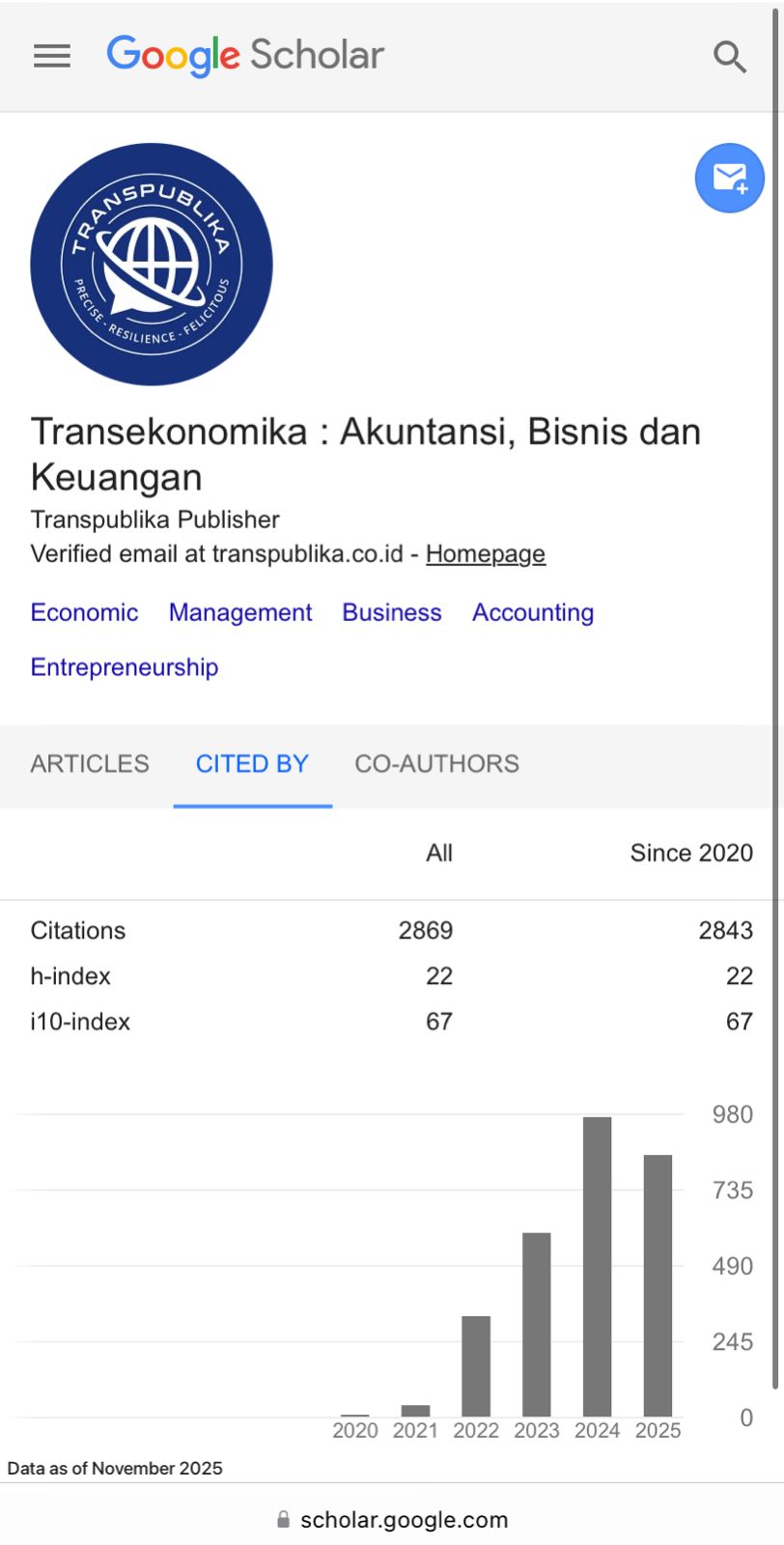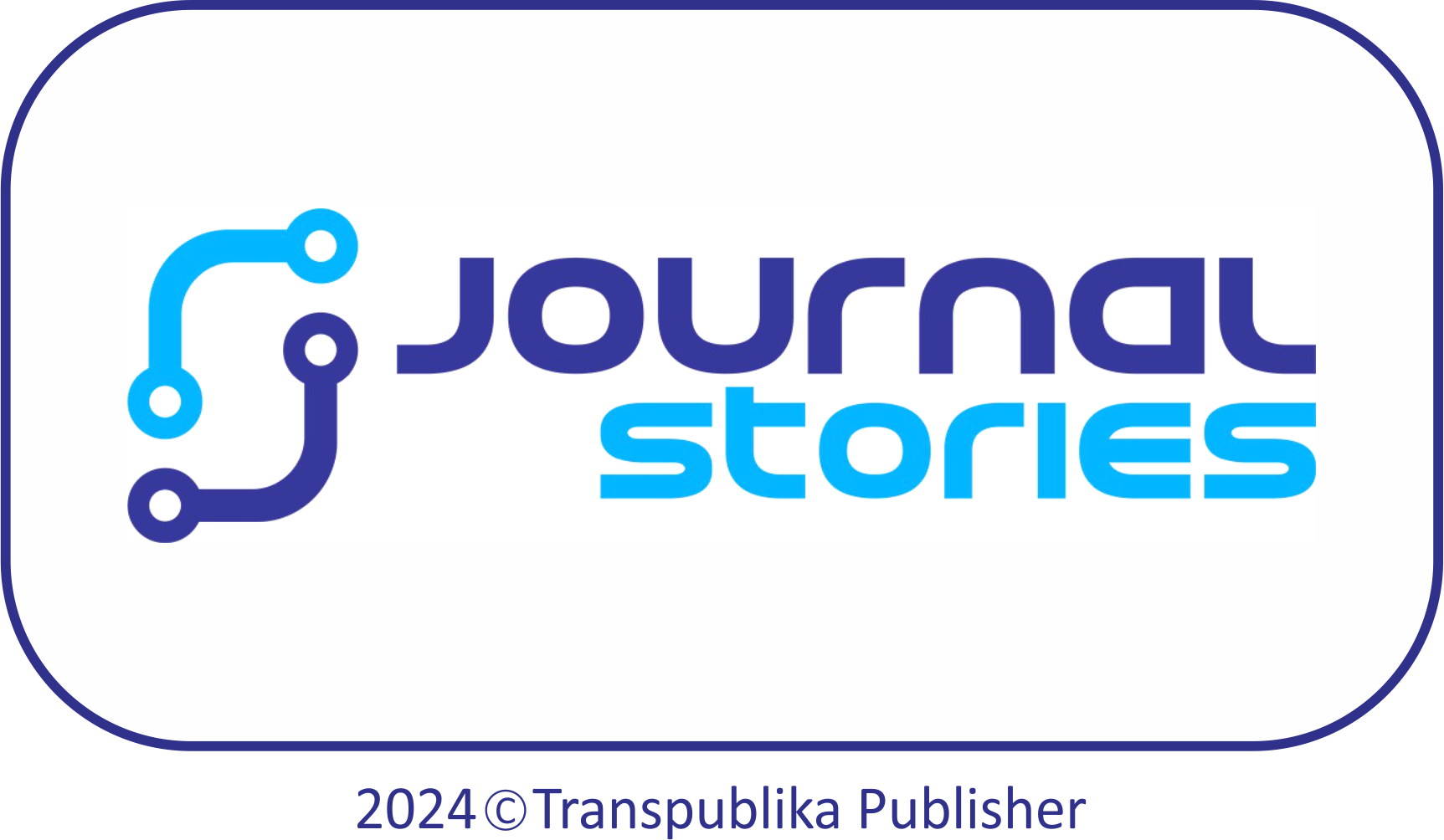PENGARUH PRODUKSI KEDELAI, HARGA KEDELAI IMPOR, DAN NILAI TUKAR TERHADAP IMPOR KEDELAI INDONESIA TAHUN 2011-2020
Abstract
Indonesia is the 11th largest soybean consuming country in the world at 3 million tons after China, America, Argentina, and Brazil. The increasing demand for soybeans in the country is due to the increasing population and demand for soybeans. However, it is not balanced with soybean reserves that farmers are capable of producing, so imports are the way out. In addition to low soybean production, the price of imported soybeans and the exchange rate of the USD against the Rupiah also affected Indonesia's soybean imports. This study aims to determine the effect of soybean production, imported soybean prices, and exchange rates on soybean imports in 2011-2020. This type of research is a quantitative study with a sample of 40 quarterly data from 2011-2020. The research method used is multiple linear regression with the ordinary least square model. The results of this study show that soybean production, imported soybean prices, and exchange rates simultaneously have a significant effect on soybean imports. Partially soybean production and imported soybean prices each had a significant negative effect on soybean imports, while the exchange rate did not have a significant effect on Indonesia's soybean imports in 2011-2020.
Downloads
References
Alimoeso, S. (2008). Produksi kedelai belum akan menolong. Kompas.
Amaliah, S., & Fahmi, I. (2007). Faktor-faktor yang mempengaruhi impor susu Indonesia. Jurnal Manajemen & Agribisnis, 4(2), 91–102.
Andayanie, W. R. (2016). Pengembangan produksi kedelai sebagai upaya kemandirian pangan di Indonesia. Jakarta: Mitra Wacana Media.
Anggiani, K. (2019). Pengaruh Gross Domestic Product (GDP) dan nilai tukar rupiah terhadap volume impor daging sapi di Indonesia tahun 2011-2018. Universitas Brawijaya.
Ekananda, M., & Sallama, N. I. (2015). Ekonomi internasional. Jakarta: Erlangga.
Froyen, R. T. (2013). Macroeconomics: Theories and policies.
Ginting, A. M. (2013). Pengaruh nilai tukar terhadap ekspor Indonesia. Buletin Ilmiah Litbang Perdagangan, 7(1), 1–18.
Ichsan, S., Suhadak, S., & Sulasmiyati, S. (2016). Pengaruh pergerakan nilai tukar Yuan terhadap ekspor dan impor Indonesia (Studi pada Bank Indonesia Periode 2012-2014). Brawijaya University.
Junaidi, S. K. (2018). Pengaruh pendapatan nasional, inflasi dan nilai tukar Yuan terhadap impor Indonesia dari China Periode 2010-2017. Universitas Brawijaya.
Khan, T. (2011). Identifying an appropriate forecasting model for forecasting total import of Bangladesh. Statistics in Transition new series, 12(1), 179–192.
Krugman, P. R., & Obstfeld, M. (2000). Theory and policy. International econimics: Addison-Wesley, 70(2), 13.
Mahdi, N. N., & Suharno, S. (2019). Analisis Faktor-Faktor Yang Memengaruhi Impor Kedelai di Indonesia. Forum Agribisnis: Agribusiness Forum, 9(2), 160–184.
Ningrum, E. K., Agustina, D. M., & Santoso, B. R. (2018). Tingkat Pengetahuan Perawat Tentang Gigitan Ular Di Ruang Unit Gawat Darurat. JURNAL KEPERAWATAN SUAKA INSAN (JKSI), 3(2), 1–8.
Nopiana, E., Habibah, Z., & Putri, W. A. (2022). The Effect Of Exchange Rates, Exports And Imports On Economic Growth In Indonesia. Marginal : Journal Of Management, Accounting, General Finance And International Economic Issues, 1(3), 111–122.
Odeh, O. O., & Peterson, H. H. (2003). The Impacts of Market Power and Exchange Rates on Prices of European Union Soybean Imports Oluwarotimi Odeh and Hikaru Hanawa Peterson.
Pakpahan, A. R. S. (2012). Analisis faktor-faktor yang mempengaruhi impor daging sapi di Indonesia. Economics Development Analysis Journal, 1(2).
Parkin, M. (2017). Ekonomi (Buku 1: Mikro). Salemba Empat, Jakarta.
Putong, I. (2013). Economics, Edisi 5 Pengantar Mikro dan Makro. Jakarta: Mitra Wacana Media.
Putri, A. N. (2015). Faktor-faktor yang mempengaruhi impor kedelai di Indonesia tahun 1981-2011. Economics Development Analysis Journal, 4(2), 98–105.
Risandi, L. S. (2022). Penyebab Ketergantungan Indonesia Terhadap Impor Kedelai. Industri Dan Pembangunan, 2(2).
Samuelson, P. A., Nordhaus, W. D., WASANA, A. J., & MSM, M. (1993). Ekonomi, Jilid 1. Jakarta: Erlangga.
Saskara, I. A. N., & Batubara, D. M. H. (2015). Analisis Hubungan Ekspor, Impor, PDB dan Utang Luar Negeri Indonesia Periode 1970-2013. Jurnal Ekonomi Kuantitatif Terapan, 8(1), 44312.
Song, B., Marchant, M. A., Reed, M. R., & Xu, S. (2009). Competitive analysis and market power of China’s soybean import market. International Food and Agribusiness Management Review, 12(1030-2016–82749), 21–42.
Supadi, S. (2009). Dampak Impor Kedelai Berkelanjutan terhadap Ketahanan Pangan.
Wahyuni, D., Purnastuti, L., & Mustofa, M. (2016). Analisis elastisitas tiga bahan pangan sumber protein hewani di Indonesia. Jurnal Economia, 12(1), 43–53.
Wiguna, I. B. W. S. (2014). Pengaruh Devisa, Kurs Dollar AS, PDB Dan Inflasi Terhadap Impor Mesin Kompressor Dari China. E-Jurnal Ekonomi Pembangunan Universitas Udayana, 3(5), 44445.
Copyright (c) 2022 Inas Khairunisa

This work is licensed under a Creative Commons Attribution 4.0 International License.








.png)







.png)


.png)

.png)















